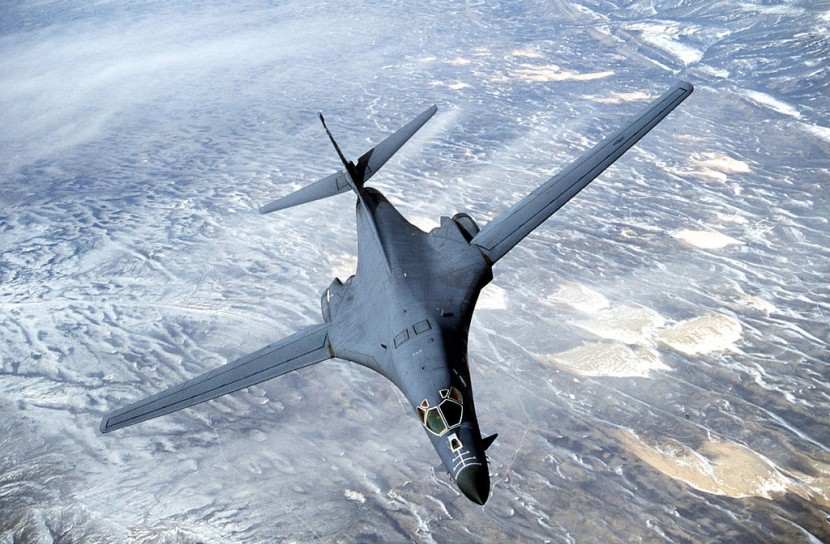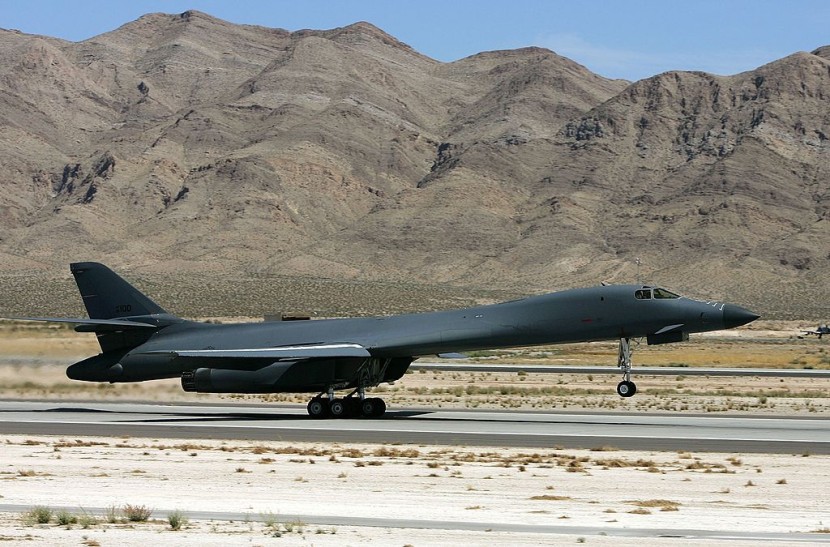The U.S. Air Force's B-1B Lancer bomber crashed during a training session. Authorities said that the incident happened in South Dakota on Thursday, Jan. 4.
The Ellsworth Air Force Base, one of the largest air force bases of the U.S. military, said the heavy aircraft bomber crashed at around 5:50 p.m. AFB officials said that the incident happened when the B-1B Lancer airplane was trying to land on the installation. They added that four crew members were aboard the aircraft when it accidentally crashed.
US Air Force B-1B Lancer Crashes During Training

According to Air & Space Magazine, there was poor weather when the training mission was conducted at Ellsworth Air Force Base. Local weather reports confirmed that on Jan. 4, South Dakota had below-freezing temperatures with dense fog, which limited visibility.
However, it wasn't confirmed if the bad weather was the main cause of the B-1B Lancer bomber crash. When the incident happened, responders said that there was an active fire after an explosion.
Luckily, all the crew members aboard the B-1B Lancer bomber were able to eject safely.
"At the time of the accident, it was on a training mission. There were four aircrew on board. All four ejected safely," said the Ellsworth Air Force Base via its official Facebook announcement.
"A board of officers will investigate the accident. Additional details will be provided as they become available," it added.
The 28th Bomb Wing-a U.S. Air Force Unit assigned to the Air Force Global Strike's Eight Air Force-was the one handling the training session when the B-1B crash happened.
But, some experts said that this failure is no longer surprising since the aircraft was originally designed to be a supersonic, nuclear-capable bomber. However, after being used hard in the Middle East, the B-1B Lancer airplanes were converted to a purely conventional bomber.
Read Also : US Air Force Plane Forced To Do 'Evasive Maneuvers' To Avoid Collision with Chinese Fighter Pilot [VIDEO]
B-1B Lancer Bombers Need To Be Replaced

The latest crash incident involving a B-1B Lancer bomber is another sign that the U.S. Air Force needs to replace it as soon as possible.
In 2023, the U.S. Air Force confirmed that Northrop Grumman is already manufacturing at least six B-21 aircraft, the successor of the historical B-2 stealth bomber.
Military leaders said that these new B-21s are already in various stages or are being tested by Northrop Grumman.
The U.S. Air Force expects the first batch of B-21s, which could be at least 100 units, to arrive soon and replace the B-1B and B-2 bombers.
© 2026 HNGN, All rights reserved. Do not reproduce without permission.







